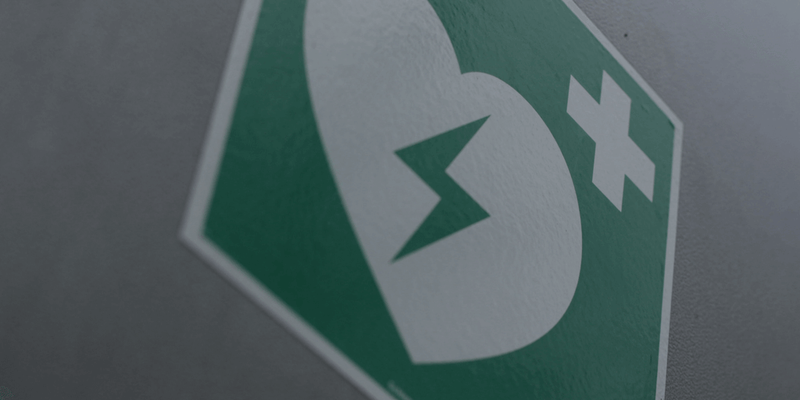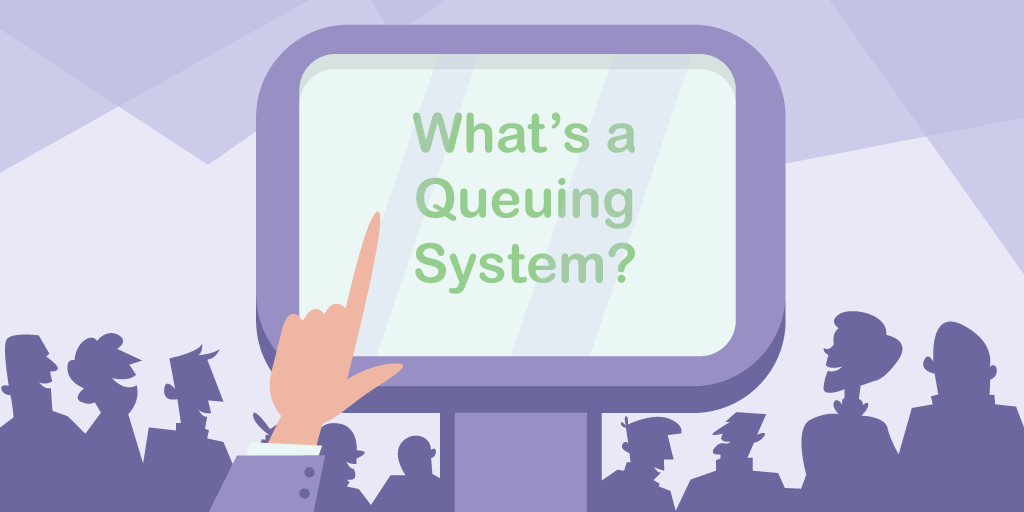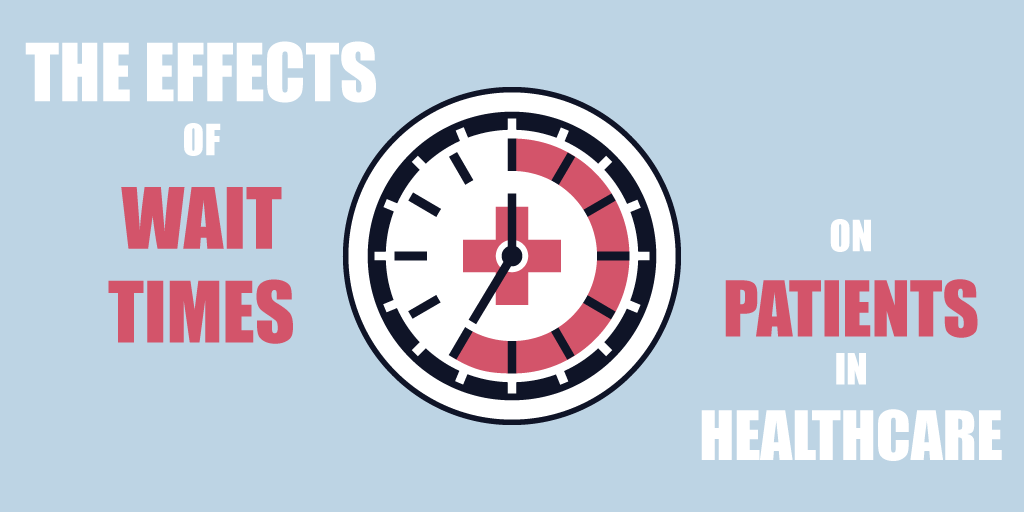I hope we don't sound like a broken record when we say that appointments are not working.
In fact, not only are they not working, they actively make hospitals a worse place for everyone. Instead of helping with time management, they cause headache in a form of no-shows.
What is a no-show?
Basically, it's a non-attending person who neither uses nor cancels their reservation.
A missed appointment seems like an everyday, almost mundane thing. It’s not something we like when it happens to us, but it just, well, happens.
The problem is, people have no idea of the scale of this problem. Recent surveys have concluded that as many as 42% of patients skip their appointments.
Let's find out how no-shows affect hospitals at every level and whether there is an easy solution.
Scheduled patient appointments and why they’re not working

While it is easy to blame non-attendance on patients' negligence or scheduling conflicts, the reasons are more complex.
The most obvious is a financial reason. When patients find out the amount they need to pay for their care, it may seem like a waste to them. In 2012, 49 million adult patients skipped recommended care because of its high costs.
Some people may also get discouraged by long hospital wait times. With the average wait to see a doctor at 18.5 days, not all people have the luxury of waiting for so long.
This goes double for patients with life-threatening diseases. The patients with chronic conditions, who stand to benefit the most from the appointments, are the ones most likely to miss them.
Other reasons for not showing up include poor medical literacy — meaning that patients have limited understanding of what’s important for their health — as well as language barriers, anxiety, and logistical problems.
More on the latter: in the US alone, 3.6 million people miss or delay appointments due to transportation issues. Be it a broken-down car or faulty public transportation, people may miss appointments despite their best intentions.
Lastly, let’s not forget about forgetting. Human memory can be quite selective when it comes to what we should and shouldn’t remember.
Sometimes we need to be reminded of things we didn’t even expect to slip our mind. In fact, 23% patients don’t show up unless they are reminded about the appointment.
A missed appointment is more than just a missed opportunity. When a patient doesn't show up on time, it also affects people who could've been treated instead of that patient.
As Kim Decker, chief of the Martin Army Community Hospital Healthcare Management Division, puts it:
An appointment missed by you is an appointment missed by two.
In the end, the biggest victim of a missed appointment is patient satisfaction.
What's there to do? How to make sure that everyone is satisfied and gets treated on time?
Before we start searching for the answers, let's look at the other side of this coin — the doctors.
Queue management in healthcare: how no-shows affects hospital staff

What happens when patients decide to skip their appointments?
Plain and simple, the doctors lose their valuable time. Unlike walk-in visitors, scheduled appointments might be causing more damage to your service quality.
It may not sound as terrible of a consequence, but in the world where time is money, missed appointments are more than inconvenience. David Kaplan, vice chairman of administration at the Mount Sinai Medical Center, calculates that surgeons lose up to 500 dollars per missed visit.
This isn’t exclusive to surgery, either. Costs incurred due to missed appointments happen across different departments and wards.
True, different practices have different no-show rates. It can go as low as 10% for dental practice, and as high as 37% for mental health facilities.
Whatever the number, the outcome is the same: no-shows are losing you money.
But now that we’ve outlined the problem, what’s the solution?
Short answer: read our Guide to Reducing the No-Show Rates
One way doctors can make people remember about their appointments is by setting up reminder calls. An SMS notification can go a long way and is not hard to set up, but there are more effective alternatives.
Studies show that live calls are more efficient than recorded messages in helping patients remember to follow up on their appointments. The percentage of patients who are likely to forget about their appointments is 17.3% for recorded messages and 13.6% for live calls.
It seems that we’ve stumbled upon a solution, except there is another problem — live calls eat up a lot of work time. They are often made during busy hours, which makes staffers lose their focus and, more importantly, time.
Medical receptionists often experience a heavy workload that causes high turnover rate among employees. Answering calls is a significant aspect of their daily responsibilities due to reminder calls.
Live calls aren’t a surefire remedy, either. A patient can still decide not to show up, despite the reminders. In this case, the staff needs to waste even more time to call the patient up and schedule the next appointment.
Long story short, even at their most effective, reminder calls are not the best route to take.
They are definitely a step in the right direction, though. A live call helps establish a personal connection with a patient. But why is that so important, exactly?
We’ve already looked over some of the reasons why patients are not showing up for their appointments. One of the biggest reasons by far has nothing to do with medical illiteracy or insufficient funds — it’s about lack of a personal connection with the doctor.
One way to keep this personal connection while managing the heavy patient traffic is to opt for walk-ins instead of appointments.
This may sound like a backwards solution at first. After all, we tend to associate walk-ins with something random, unexpected — chaotic, even.
And unless you’re being smart about it, they’re going to be exactly that.
But when you set up a system to successfully manage hospital walk-ins, you’re looking at highly improved work performance.
By taking the load off of the hospital staff, a queuing solution makes sure the employees' time is spent more productively — for example, on greeting and communicating with patients.
Administration and walk-ins: the way to build hospital image

For hospital administration, no-shows are a matter of more than time or money. The entire hospital’s wellbeing is at stake.
As we’ve already found out, no-shows cost money. A lot of it.
No-shows are something that happens regardless of the type of practice or institution. Even at teaching hospitals, the first stepping stone for most of medical professionals, no-shows and late arrival rates can be as high as 25% and 31%.
And the result? Significant financial damage.
A clinic with 15,000 no-shows a year is looking at an estimated annual loss of one million dollars. And this is an optimistic scenario.
With the average no-show rate of 62 appointments a day, the annual cost of missed appointments is 3 million USD per hospital.
These average metrics may not be the best stats to reflect your facility's performance, but they offer a discomforting insight into the healthcare industry.
Quite often, hospital administration doesn’t even know what their no-show rate is. That is to say, they can’t calculate their losses.
Footfall analytics isn’t a thing exclusive to businesses. If hospital are to survive, they need to adopt some of the best practices of retail — the power of analytics.
What to do with no-shows and how to cut the losses?
A number of hospitals tried to adopt the practice of fining patients who don’t show up, to recoup some of the losses. This can deliver some immediate returns, but on a larger scale, it’s more like a bandage rather than a cure.
And as we’ve discussed before, there may be circumstances beyond anyone’s control. Being fined due to your own negligence is one thing, but because of heavy traffic or a broken-down car?
This drives further the frustration people already feel with healthcare.
When things going as they are, a no-show rate can quickly change into a never-again rate. Hospital administration is going to lose patients, with no way of regaining them or their trust.
How does a patient queuing system fix this?
A QMS-backed walk-in process minimizes wait times, lets employees stay focused, and keeps everyone's satisfaction level high.
Hospital administrations need to embrace the benefits of queue management systems to keep up with the times. From analytics and staff planning to, ultimately, improved word-of-mouth marketing — a QMS is an all-in-one solution for healthcare.
Bonus: 25+ Best Patient Queuing Systems
Improving the walk-in experience with Qminder

Patient no-shows are a significant problem in healthcare. They affect not only non-attending patients but also other visitors, doctors, and even hospital administration.
Getting rid of appointments altogether saves everyone's time and makes for a better hospital environment. And the best way to do this is by implementing a queue management system for hospitals.
Walk-ins are only as disorganized as you let them be. Equipped with the right queuing system, hospitals can turn a potential time-wasting disaster into a smooth, positive experience.
Qminder has a long track record of helping medical facilities successfully deal with heavy patient flow, and organize their processes.
Get a free 14-day trial now to join the ranks of hospitals, clinics and healthcare centers who combine the practice of medicine with the best business practices.






